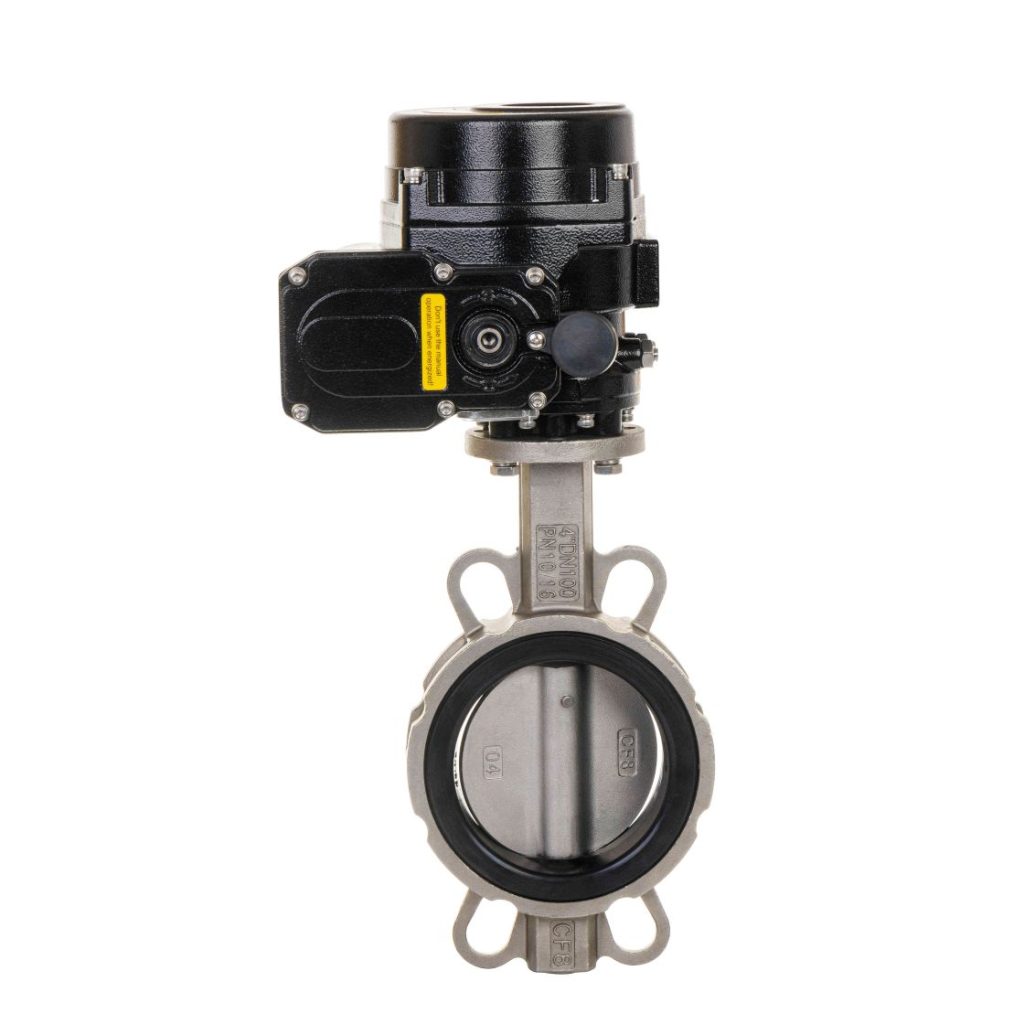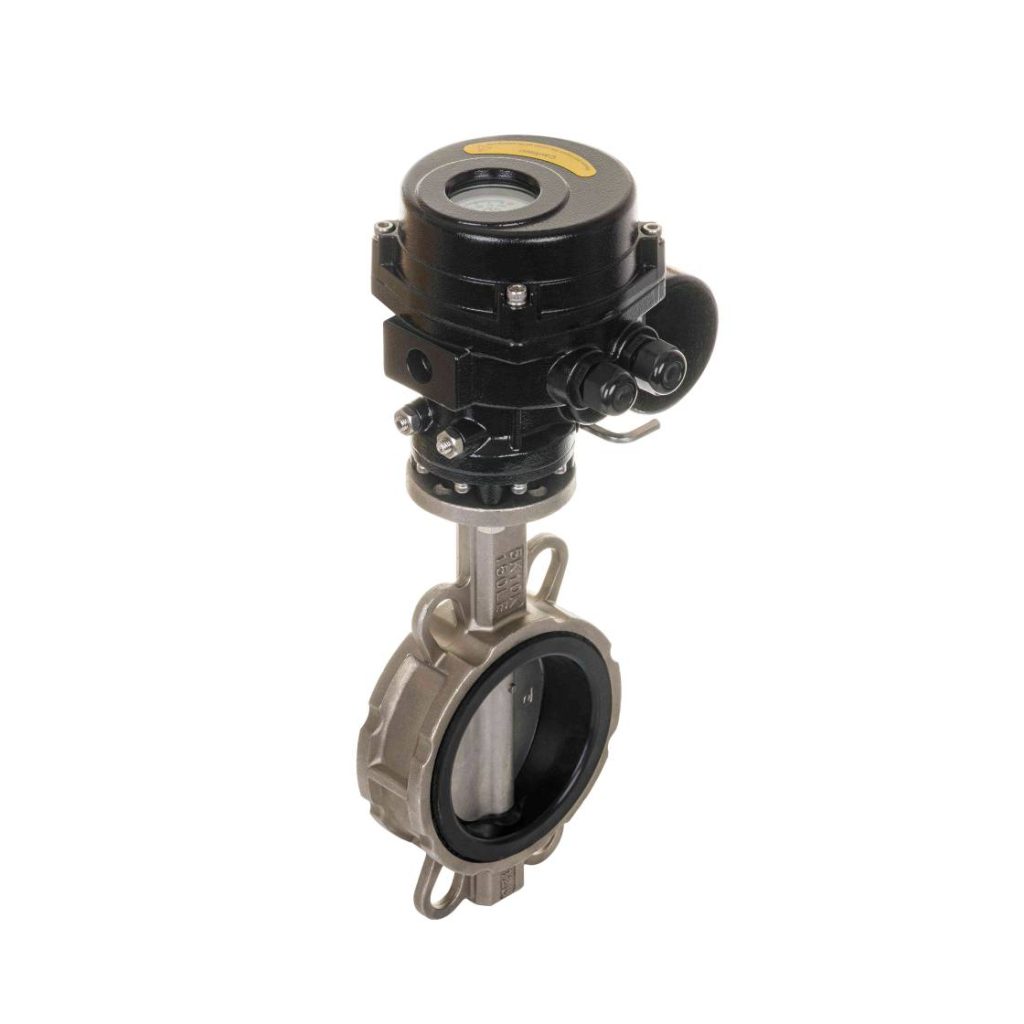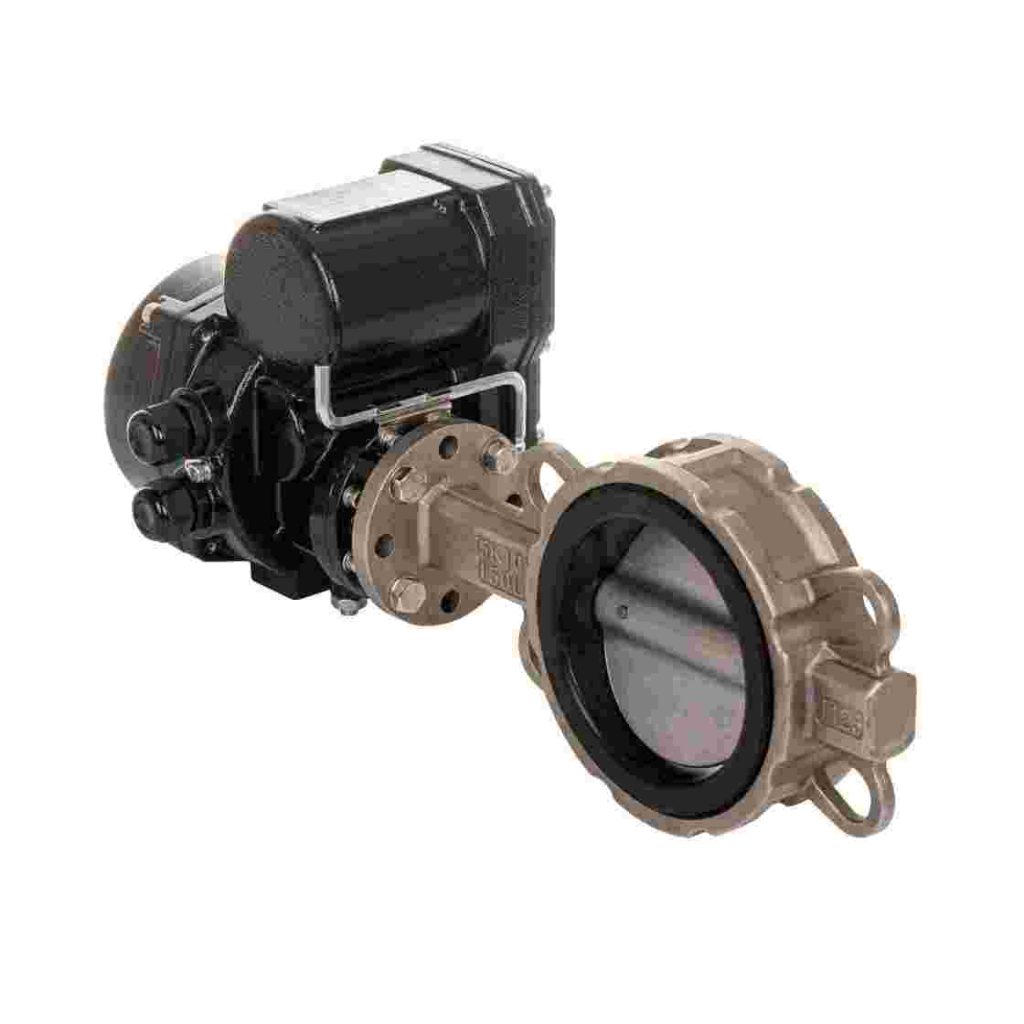An Electric Flanged Soft Seal Butterfly Valve is a critical component in various industrial systems, known for its versatility, durability, and ease of operation. These valves play a crucial role in regulating the flow of liquids and gases through pipelines, offering an effective solution for flow control in applications such as water treatment, HVAC systems, chemical processing, and more. This article will explore the working principles, benefits, and applications of electric flanged soft seal butterfly valves, highlighting their importance in modern industrial processes.

What is an Electric Flanged Soft Seal Butterfly Valve?

A butterfly valve is a type of flow control valve that uses a rotating disc (or “butterfly”) to regulate the flow of fluid in a pipe. The disc is mounted on a shaft, and as the valve is rotated, the disc either blocks or allows the passage of the fluid. The “flanged” part refers to the valve’s design, which includes flanges for bolting the valve to the pipeline, ensuring a secure and leak-proof connection. The “soft seal” component refers to the material used to seal the valve. Unlike metal-seated valves, soft-seal butterfly valves use a flexible, rubber-like material such as EPDM (Ethylene Propylene Diene Monomer), NBR (Nitrile Butadiene Rubber), or PTFE (Polytetrafluoroethylene) for sealing. This soft seal provides a tight seal even at low pressures, preventing leakage and enhancing the valve’s overall performance.

Leave a Reply